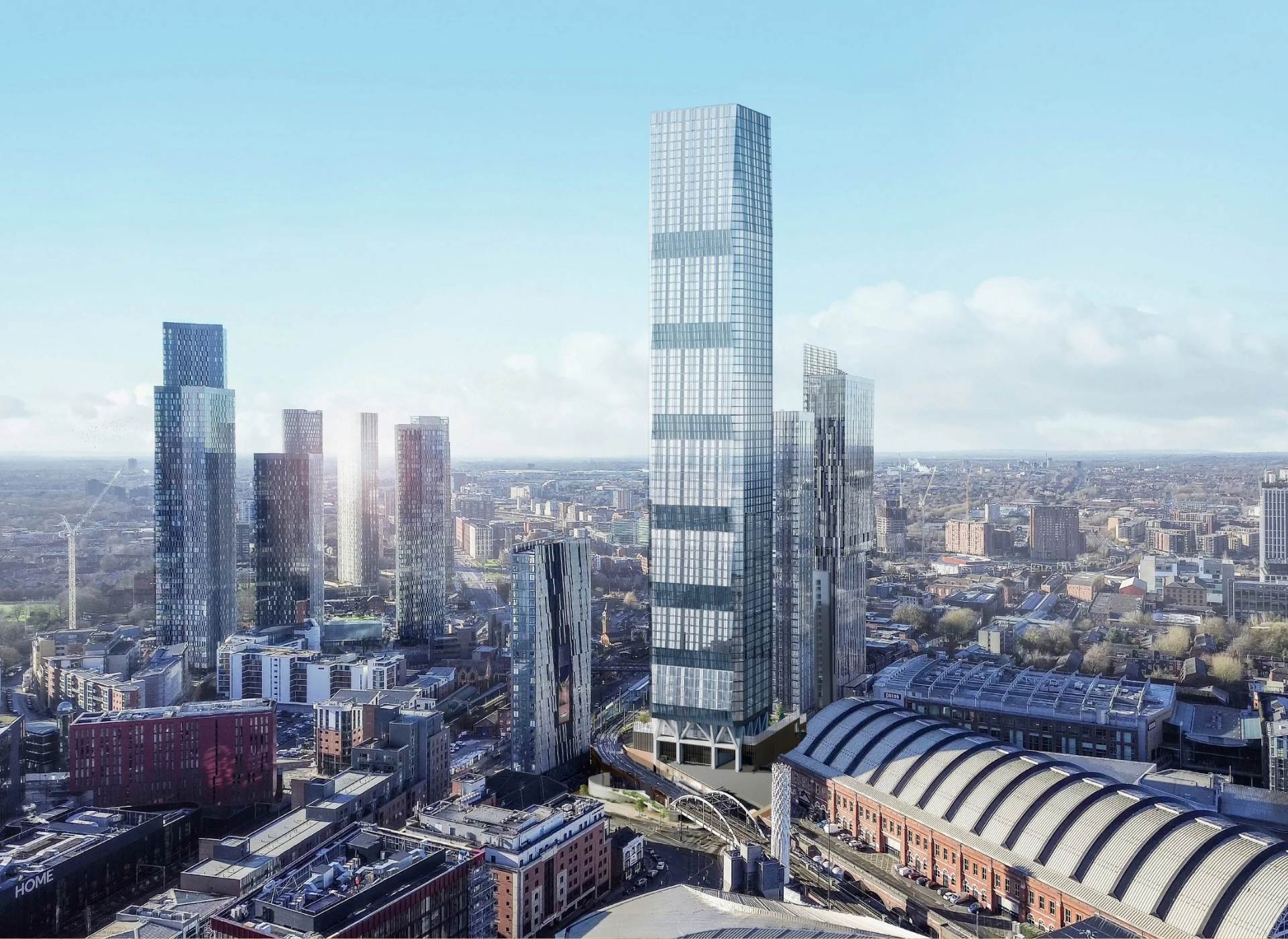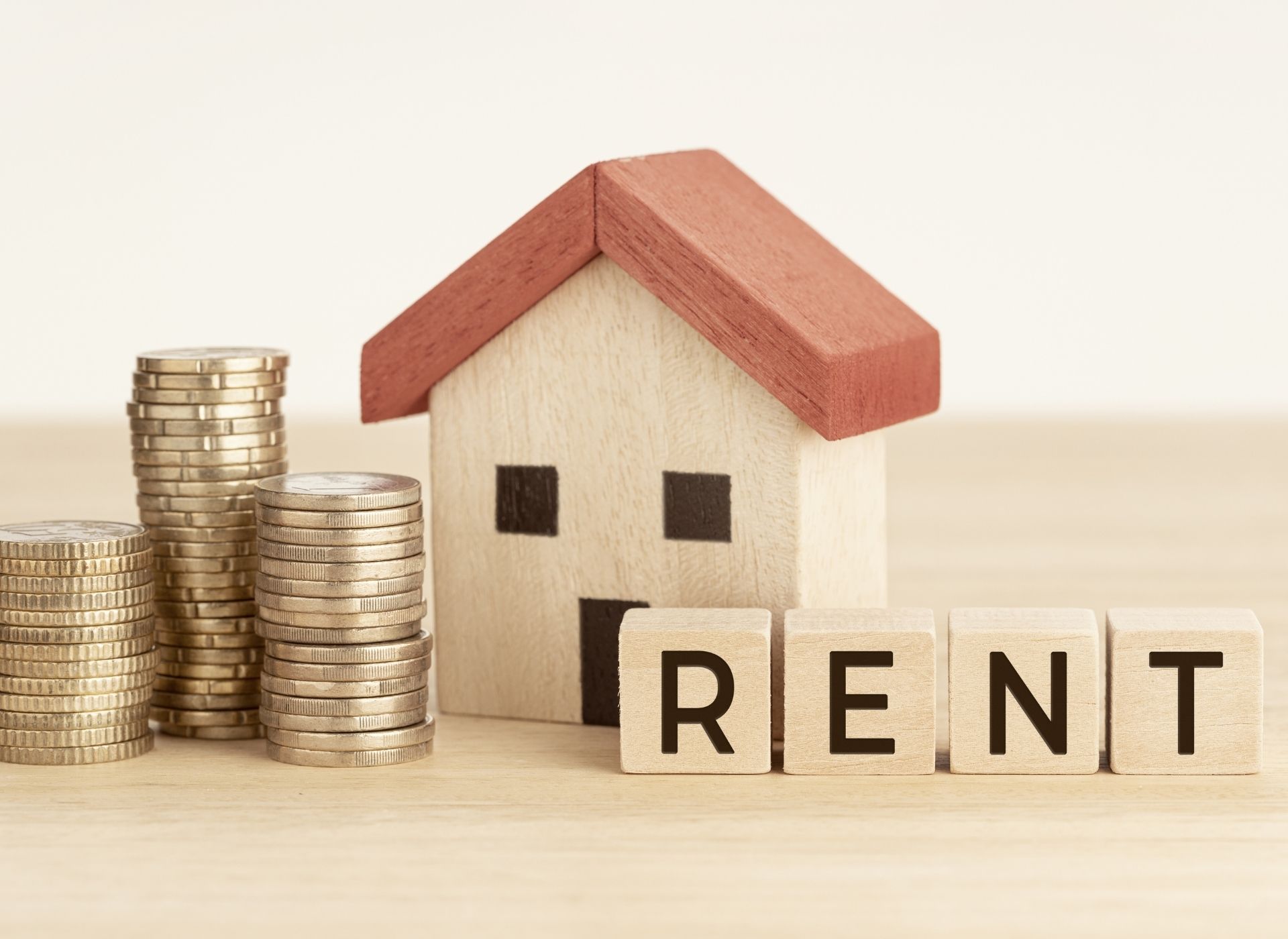The buy-to-let property market has long been a favoured investment option for those seeking to generate rental income and capital growth. Within this market, city centre apartments stand out as attractive prospects due to their strong demand from tenants such as young professionals, students, and couples. However, not all city centre apartments are created equal, and savvy buy-to-let landlords will take multiple factors into account before making a purchase. Here’s a comprehensive list of the top 10 key factors that buy-to-let landlords prioritise when selecting a city centre apartment.
1. Location, Location, Location
The age-old adage remains a cornerstone of property investment. For city centre apartments, the exact location can make all the difference. Landlords look for:
- Proximity to Employment Hubs: Apartments located near business districts, tech parks, and office clusters are highly desirable to tenants, ensuring strong rental demand.
- Transport Links: Easy access to public transport such as bus routes, tram stops, and train stations enhances tenant convenience and broadens the rental appeal.
- Lifestyle Amenities: Nearby bars, restaurants, shopping centres, gyms, and entertainment venues make the location more attractive, particularly to young professionals.
2. Tenant Demand
Understanding the local rental market is crucial for landlords. They evaluate tenant demographics and preferences in the area, such as:
- Tenant Profiles: Is the area popular with students, professionals, or families? A property close to universities might appeal to students, whereas proximity to commercial hubs may attract professionals.
- Vacancy Rates: Areas with low vacancy rates indicate strong rental demand and less risk of rental voids.
- Rental Affordability: Landlords ensure the rental market can support the income they aim to generate from the apartment.
3. Affordability and Budget
Setting a clear budget is key to finding the right property. A buy-to-let landlord considers:
- Initial Purchase Price: The price must align with their financial capacity and provide a good return on investment.
- Stamp Duty and Taxes: Additional property taxes for second homes must be factored in.
- Ongoing Costs: Maintenance, service charges, and potential repairs should be included in financial planning.
4. Rental Yield and Return on Investment (ROI)
The primary objective of a buy-to-let property is to generate income. Landlords carefully calculate:
- Rental Yield: The annual rental income as a percentage of the property’s purchase price. Yields of 5-6% are often considered healthy for city centre apartments.
- Potential for Capital Growth: Properties in regeneration zones or up-and-coming areas offer the potential for value appreciation over time.
5. Apartment Layout and Size
The interior layout and size of the apartment play a significant role in tenant appeal:
- Room Configuration: Open-plan layouts with well-defined living, dining, and sleeping areas tend to be more attractive.
- Number of Bedrooms: One and two-bedroom apartments are popular among young professionals and couples, whereas larger apartments may appeal to families or sharers.
- Storage Space: Adequate storage options make an apartment more liveable and desirable.
6. Amenities and Facilities
Modern tenants expect a certain standard of living, and the inclusion of amenities can greatly enhance a property’s appeal:
- On-Site Facilities: Gyms, rooftop terraces, communal gardens, and concierge services add significant value.
- Parking Spaces: Secure parking can be a deciding factor for tenants, especially in areas with limited street parking.
- Smart Technology: Features such as smart thermostats, keyless entry, and high-speed internet connectivity can differentiate a property from the competition.
7. Property Condition and Build Quality
The condition and quality of the apartment impact both rental income and maintenance costs:
- New Build vs. Existing Property: New builds often come with lower maintenance needs, but older buildings in prime locations can offer character and charm.
- Structural Integrity: Landlords avoid properties with potential issues such as dampness, leaks, or outdated electrics.
- Energy Efficiency: Modern insulation and energy-efficient appliances reduce running costs and comply with environmental standards.
8. Leasehold Considerations
Most city centre apartments are sold as leasehold properties, which introduces additional considerations:
- Length of Lease: A lease with fewer than 80 years remaining can be expensive to extend, so landlords prefer longer leases.
- Service Charges and Ground Rent: High service charges can impact profitability, so landlords analyse these costs carefully.
- Management Company Reputation: The reliability of the property management company is critical for ensuring smooth maintenance of communal areas.
9. Regeneration and Future Developments
The surrounding area’s potential for growth is a strong indicator of a property’s long-term value:
- Regeneration Projects: Developments such as new transport links, commercial districts, or cultural landmarks can increase tenant demand and property values.
- Neighbourhood Trends: Landlords look for areas gaining popularity among tenants, often referred to as “up-and-coming” locations.
- Planned Infrastructure: Projects like HS2 rail or new tram lines can dramatically enhance the property’s appeal.
10. Letting Agent and Property Management Options
Finally, landlords consider how they plan to manage the property:
- Local Letting Agents: Partnering with an experienced letting agent ensures that the property is marketed effectively and tenancies are managed professionally.
- Full-Service Property Management: For hands-off investors, full-service management companies handle everything from tenant sourcing to maintenance.
- DIY Letting: Some landlords prefer to manage the property themselves, though this requires more time and expertise.
Investing in a city centre apartment for the buy-to-let market requires a comprehensive evaluation of various factors. From location and tenant demand to rental yields and property condition, each consideration plays a critical role in ensuring the investment’s success. Duplex apartments and apartments with standout features like balconies or access to greenspaces can often command higher rents and attract long-term tenants. For landlords willing to conduct thorough research and prioritise their investment criteria, city centre apartments remain a lucrative and rewarding venture.






